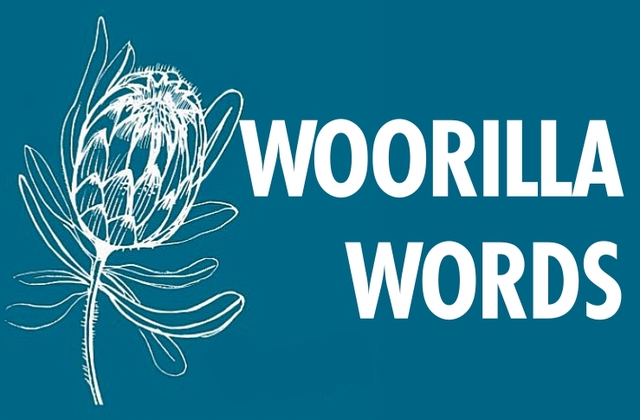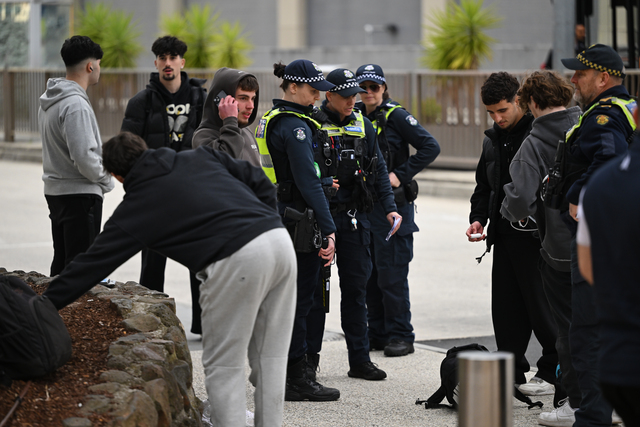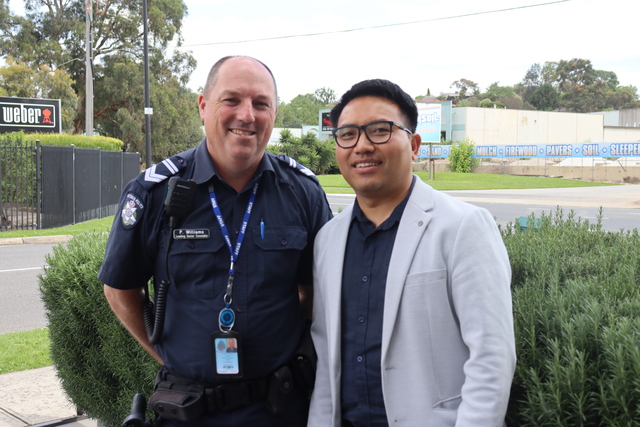November 11th holds major significance in Australian cultural and political memory for two key reasons —one solemn and one political.
The first, Remembrance Day, observed annually commemorates the Armistice of World War One when the guns stopped.
At 11am Australians observe one minute silence to honour those who died in conflicts and peacekeeping operations.
The second is the day the Whitlam government was dismissed.
The first calls on us for national reflection on war and sacrifice, the second is a symbol of democratic tension and political controversy.
This year marks 50 years since that momentous day and the scars from the events of that day still live on.
There were 61,966 Australian military deaths, including those killed in action and those who died of wounds, disease, or accidents while serving with the Australian Imperial Force.
The red poppy is the central symbol of remembrance, referencing the poem In Flanders Fields.
The expression is commonly attributed to H. G. Wells, the British writer, who used it in a series of newspaper articles in 1914.
Some like Wells believed that the experience of unprecedented destruction and loss of life during World War One would destroy militarism and lead to lasting peace through international cooperation and the spread of democracy.
That phrase captured the idealistic hope many people held during and after the conflict: that the destruction and loss of life would be so horrific that humanity would never again resort to such large-scale warfare.
After and during World War One, a powerful group of poets emerged who vividly described the horrors, trauma, and futility of the conflict.
They’re often called the War Poets or Trench Poets.
These writers were mostly soldiers themselves, who wrote from direct experience of the trenches.
Their work transformed war poetry from patriotic idealism into brutal realism.
Wilfred Owen, “Dulce et Decorum Est” (1917).
If you could hear, at every jolt, the blood
Come gargling from the froth-corrupted lungs…
My friend, you would not tell with such high zest
To children ardent for some desperate glory,
The old Lie: Dulce et decorum est
Pro patria mori.
(Latin for “It is sweet and fitting to die for one’s country).
This idealistic hope was shattered completely as World War Two broke out and to this day conflicts are being played out across the globe.
Since World War Two, Australia has deployed forces to at least 15 major conflicts.
And poets have continued to use poetry to resist, mourn, or expose the lies of war as in a five-line American masterpiece of horror and compression: The Death of the Ball Turret Gunner By Randall Jarrell.
From my mother’s sleep I fell into the State,
And I hunched in its belly till my wet fur froze.
Six miles from earth, loosed from its dream of life,
I woke to black flak and the nightmare fighters.
When I died they washed me out of the turret with a hose.
Or in Bruce Dawe’s Homecoming
They’re bringing them home, now, too late, too early.
Body bags return from Vietnam in bureaucratic monotony.
Pity and rage at political indifference.
But 11 November is also the day when Australia experienced its most dramatic constitutional crisis when the Governor-General, Sir John Kerr, dismissed Prime Minister Gough Whitlam.
This day for many older Australians is a day remembered with clarity.
Like Americans who remember the moment they heard of Kennedy’s assassination.
Its effects are still felt in Australian politics, culture and constitutional debate.
Most would be familiar with the image of the newly deposed Prime Minister Gough Whitlam descending the steps of Parliament House to rage against his dismissal and replacement.
A scoop of reporters throng toward him – chief among them Gold Logie-winner, beloved larrikin, and Wollongong’s favourite son: Norman Gunston, an intrusion so Australian, that even in 1975 it’s unlikely to have been possible anywhere else.
With his booming patrician voice and compelling presence Gough Whitlam delivered those famous words: “Well may we say ‘God save the Queen’, because nothing will save the Governor-General” which remain iconic in Australian political history.
It triggered intense debate about the reserve powers of the Governor-General: that a man unelected to an office dismissed a government elected by the Australian people, using powers which even the Queen (whose representative he was) didn’t have.
The trigger appeared parliamentary deadlock over budget supply.
While the dismissal was a constitutional crisis largely driven by the Governor-General’s action, the Whitlam Government itself had genuine failings and vulnerabilities that contributed to the event.
There was an impression of chaos, even though many reforms (Medibank, free university education, recognition of China) were significant.
But in 1974–75, Australia was hit by stagflation.
Inflation exceeded 15 per cent, largely due to the 1973 oil crisis, rapid spending, and wage blowouts.
Whitlam’s expansionary budgets — for education, health, and welfare — were visionary but poorly costed and timed in an overheating economy.
Whitlam had become embattled by scandals caused by his ministers – Dr Jim Cairns and his affair with the voluptuous Juni Morosi, and Rex Connor’s dealings with Khemlani, a supposedly shady character from the Middle East, over petrol dollars.
In essence it was a quixotic attempt by Connors and Cairns to raise US $4 billion to buy back some of the farm.
The opaque and clumsy handling of this petrodollar loan made the government look reckless and secretive, damaging the government’s credibility.
Both these ministers were consequently sacked, causing Labor to lose the balance of power in the parliament.
And the dismissal still fuels ongoing debates about who were the key behind the scene players.
The secrecy surrounding Kerr’s actions, and his communication with Buckingham Palace, led to decades of suspicion and inquiry.
For Emeritus Professor Jenny Hockings, the story of the dismissal speaks to democracy, transparency, power — and how even established democracies are vulnerable when key decisions are taken opaquely.
She sees the release of the Palace Letters in 2020 — correspondence between Kerr and the Queen’s private secretary as a major victory in reigniting debate about whether the monarchy had knowledge of, or influence over, the dismissal.
The dismissal remains one of the most polarising events in Australian history.
The secrecy surrounding Kerr’s actions, and his communication with Buckingham Palace, led to decades of suspicion and inquiry.
Even fifty years on, the dismissal prompts Australians to ask enduring questions:
It remains a reminder that even stable democracies can face moments when power, legality, and legitimacy collide — and that Australia is still defining exactly what kind of democracy it wants to be.
In The Dismissal Mark O’Connor responds directly to the 1975 dismissal of Gough Whitlam.
O’Connor portrays the event as both constitutional crisis and moral theatre.
The ink of law was thin that day —
democracy signed away in silence.
Someone once said Whitlam reached for the stars but tripped on the stairs.
So two events converging on 11 November hold enduring significance for Australians.
Remembrance Day may invoke feelings of sadness at the loss of young lives and mostly in wars that were not of our making and reflect on the futility and aftermath of wars.
The second should make us think of the kind of country we want to leave to our children.







